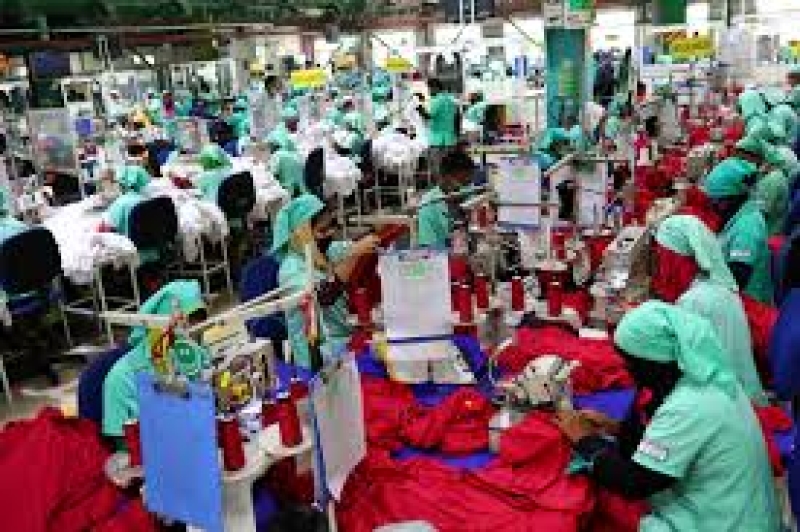- Cold wave disrupts life, livelihoods across northern Bangladesh |
- US to Exit 66 UN and Global Bodies Under New Policy Shift |
- LPG Supply Restored Nationwide After Traders End Strike |
- Stocks advance at both bourses; turnover improves |
- LCs surge for stable dollar, but settlement still sluggish |
Bangladesh’s Apparel Exports to US Hit $7.34bn in Decade

Representational photo
Bangladesh’s apparel export to the USA market increased to US $ 7.34 billion from $5.4 billion in a decade, according to the US Government Office of Textiles and Apparel (OTEXA).
The report revealed, apparel imports from Bangladesh to the USA in 2015 were valued at US $5.40 billion, rising to US $7.34 billion by 2024, reflecting a notable 35.94 percent growth over the same period.
While experiencing a positive trajectory until 2019, the emergence of COVID led to an 11.76 percent decline in 2020 ($5.92 billion was in 2019 and $5.22 billion was in 2020).
Since 2020, Bangladesh has shown impressive growth at 40.45 percent, surpassing the USA's growth rate of 23.72 percent, according to the report.
The OTEXA stated that in 2015, apparel imports to the USA totalled US $85.16 billion, decreasing to US $79.26 billion by 2024, marking a 6.94 percent decline over the decade.
The trend was consistently positive until 2019, but with the onset of COVID, a significant 23.47 percent drop was observed in 2020 ($83.70 billion was in 2019 and $64.06 billion was in 2020).
Despite the USA showing signs of recovery post-COVID, the economic downturn was substantial, failing to meet the import of 2015 even in 2024.
During US recessions, consumer spending reductions notably impact clothing expenditures, reflecting broader economic shifts impacting the apparel market.
With the USA retail sector heavily reliant on imports (comprising 95 percent of the industry), challenges such as high tariffs (averaging 18.5 percent pre-Trump era), escalating freight costs, and short apparel market lifespans have hindered integration into supply chains.

